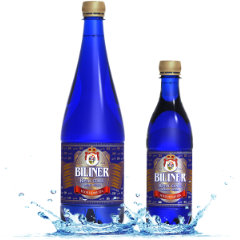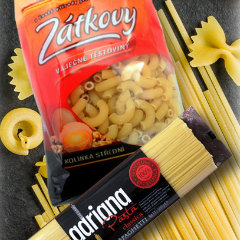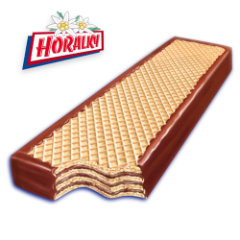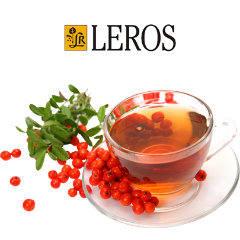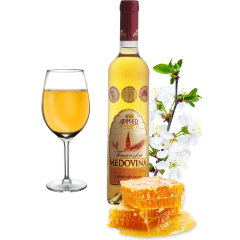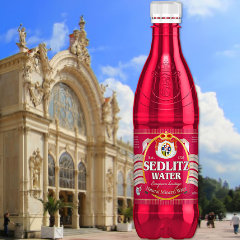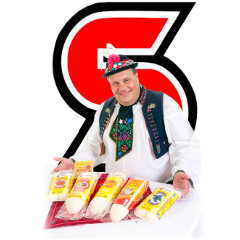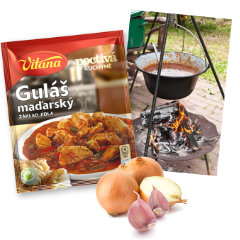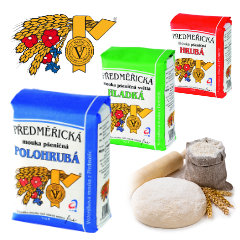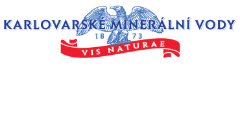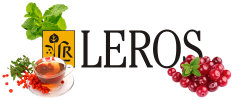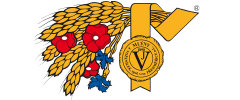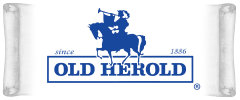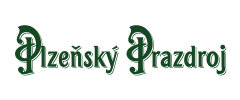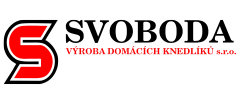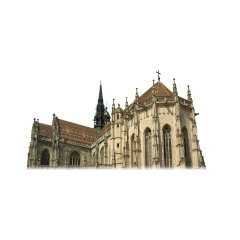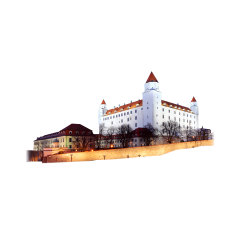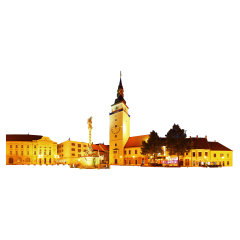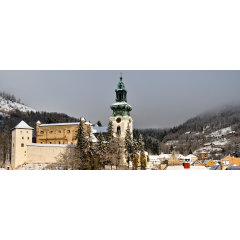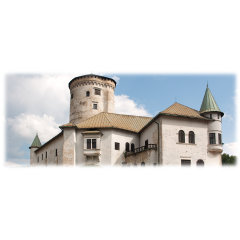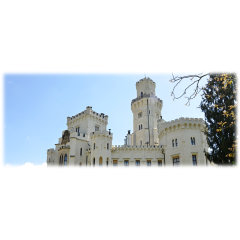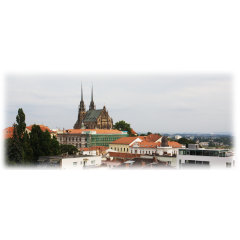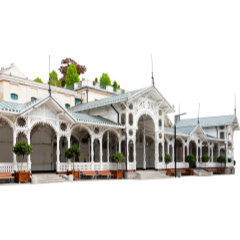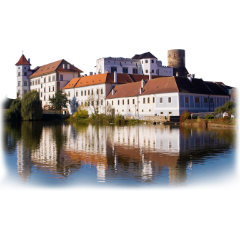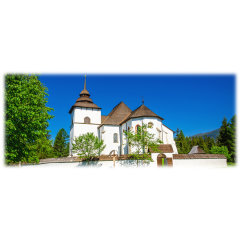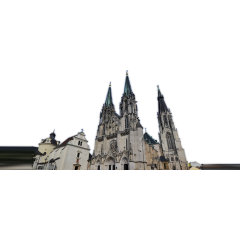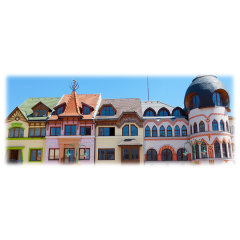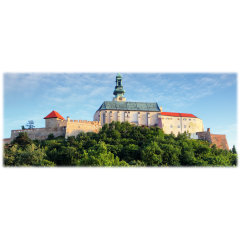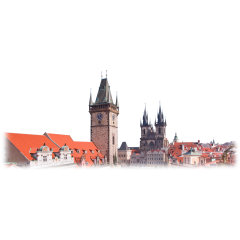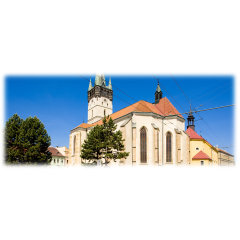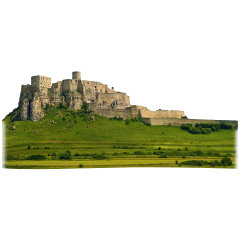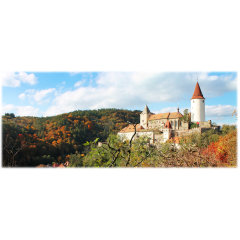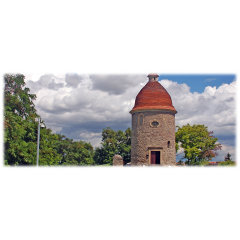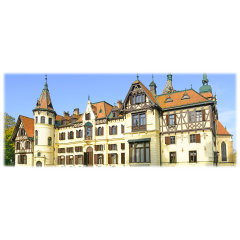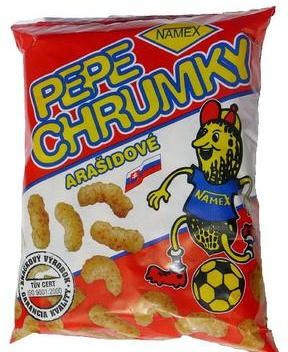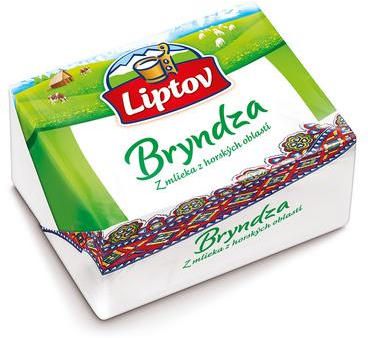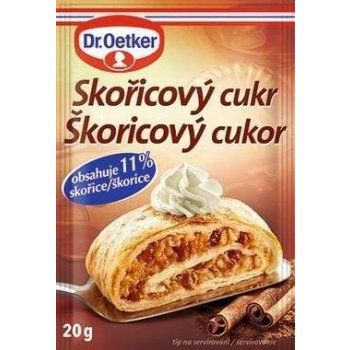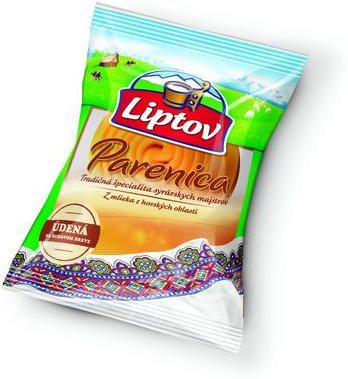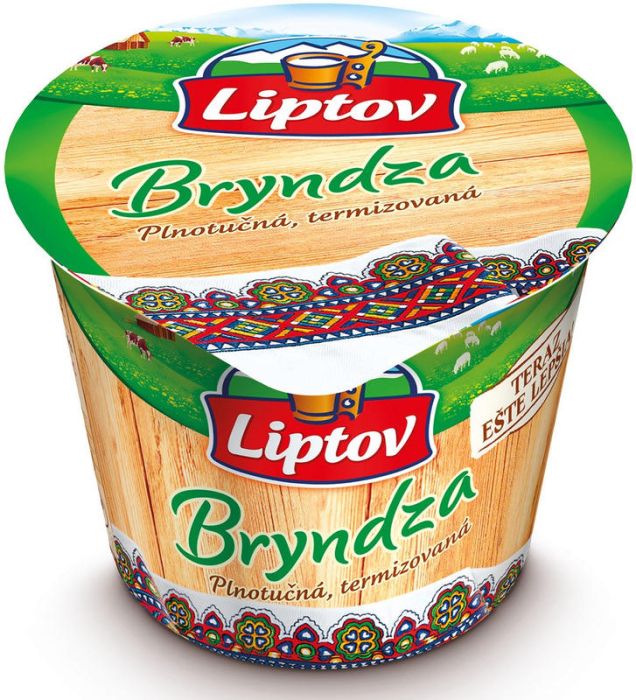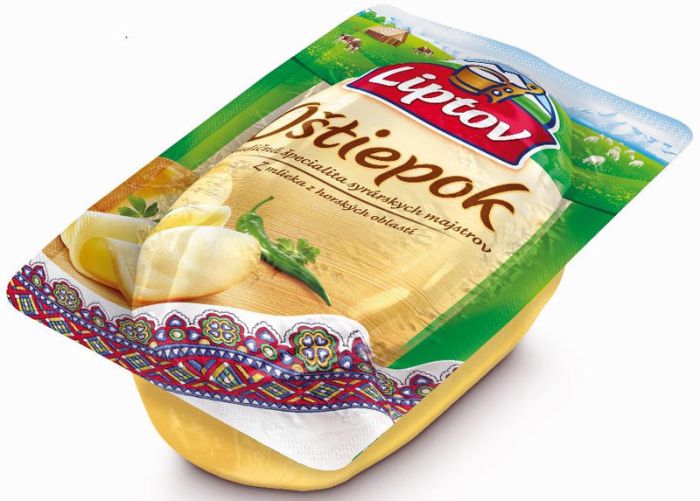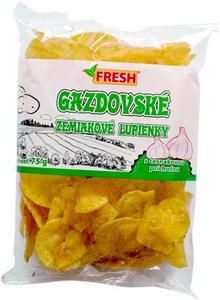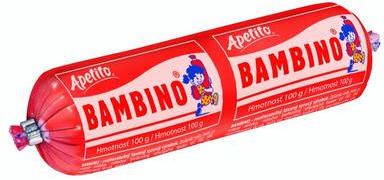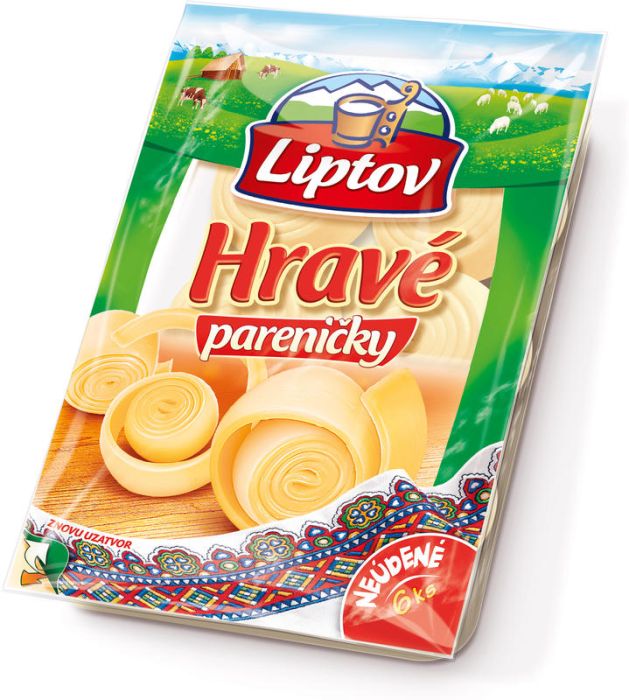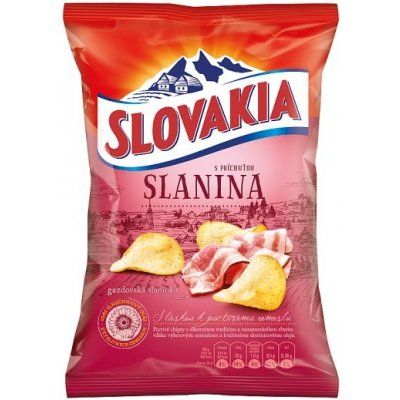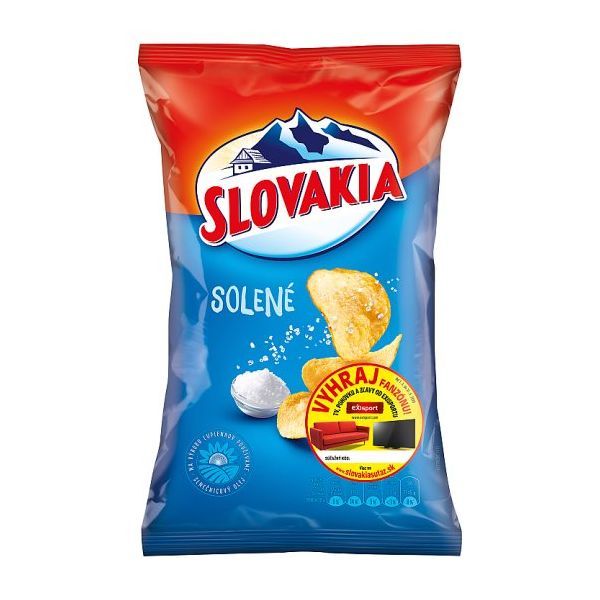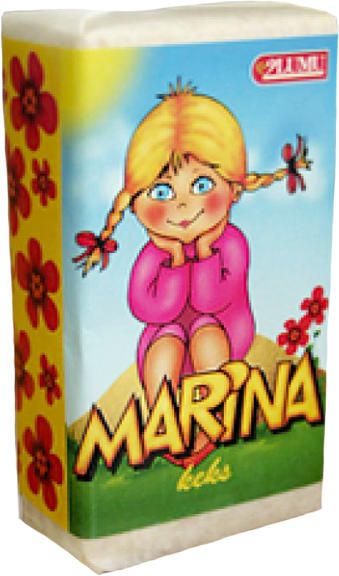Stredne Povazie
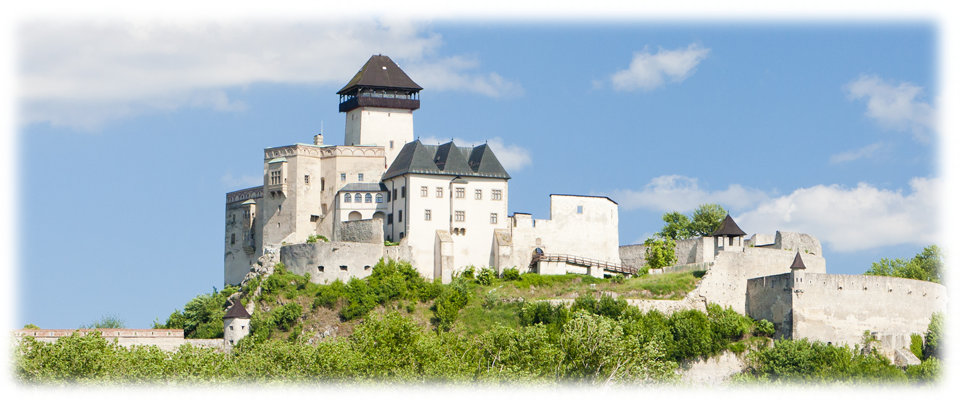
About Region
The beautiful scenery, cultural monuments of each city and small towns, scattered villages with their typical folklore and traditions, the vast number of cultural events organised during the year all attract tourist to take a visit to this picturesque part of Slovakia. The longest Slovak river, Váh, which represents the central axis of this region, has endowed central Považie with its typical character. The mountain ranges of the Biele Karpaty, Malé Karpaty, Strážovské vrchy, Považský Inovec, and Myjavská pahorkatina are ideal for hiking, skiing, cycling and water sport. Mineral and thermal springs occur in central Považie and its spas in Trenčianske Teplice and Nimnica are also fairly known and visited. The legend has that a limping shepherd discovered the spring when he was looking for a lost sheep.
The spa in Trenčianske Teplice was founded by the Paladin Štefan Zápoľský in the 16th century. The reputation of this spa derives of five medicinal springs of hot (36 to 40 °C) sulphur water that yield in total 22 litres of water per second. Like the majority of major spas, Trenčianske Teplice became an important cultural centre with refreshing cultural events of national and international reputation. For instance, the Music Summer held in Trenčianske Teplice is the oldest international festival of chamber music in Central Europe. However, the most popular event now is the film festival titled Art Film, history of which is not old. It takes place every year in the second half of June since 1993.
Another castle in the region is Cachtice castle. The legend of the bloody and merciless Bathory countess caused the castle to be called the Mysterious Castle of the Carpathian Mountains. Čachtice is famous thanks to Elizabeth Báthory, who lived here on the border of the 16th and 17th century. The myth says, that the „bloody“ countess had about 600 young girls murdered, in order to take baths in their blood, so to fulfil her dream about eternal youth.
History
Together with Nitra and Bratislava, Trenčín belongs to the oldest Slovak cities, chronicled as early as in the 11th century. Its strategic location near three Carpathian mountain passes on the crossroads of commercial routes, has always determined the character of the city as a significant landmark. As early as in the ancient times, the famous Jasper Road used by the Etruscan, Greek, and later Roman merchants to transport precious jasper from the Baltic region, was crossing Trenčín. In the 2nd century AD, during the time of the Marcomanni Wars, soldiers of the II. auxiliary legion who were spending winter at Laugaricio, left a writing on the rock below the castle, known today as the Roman Inscription. The inscription places the city of Trencin amongst other European cities with antique history.
It is a memorial to the victory of Roman emperor Marcus Aurelius over Quadi tribes in year 179. In 1275 Trencin was to live its time of greatest splendor. Matthew Czak of Trencin, turned the city into the centre of his vast dominions. Challenging the authority of king Charles Robert, Matthew Csák maintained a large court and pursued his own foreign policy. In 1321, following his death, Trencin went back under the ownership of the Hungarian ruler, Charles Robert. The Treaty of Trentschin between Bohemia, Hungary, and Poland was signed in the city in 1335. In the 14th century, the city hosted royal heads from almost the whole of Europe. King Charles Robert and his son Luis met at the castle on August 24, 1335 with the Czech king Jan of Luxembourg accompanied by his son Charles, and Polish ruler Kazimir, to carry out negotiations that ended a lengthy conflict between Bohemia and Poland. In 1790, the city was hit by a disastrous fire that destroyed almost the whole inner town. The fire has also put a definite end to the Castle of Trencin, which was to be reduced down to ruins ever since.
City to know about
The City of Trenčín, Slovakia is in the centre of the Považie region. Thanks to its advantageous location, Trenčín is an important commercial, economic, cultural and sport centre. It is also known as the “City of fashion“. Its historical centre is full of valuable and cultural sights above which is for centuries towering the largest city castle complex - the majestic Trenčín castle. Trenčín castle was built over a settlement site that had existed from the Bronze Age through times of Celts and Germanic tribes to the Slavic settlement. Trenčín Castle is the third-largest castle in Slovakia. It is divided into upper and lower sections, with extensive fortifications. The upper castle has several palace buildings which surround the central medieval tower, which remains the highest point of the city. The geographical advantages became of strategic importance and are related to the development of this town in the past. Thousands of visitors come to the town to see Trenčín castle in its full beauty and to hear the most famous myth about the well of love.
A story is told of a Turkish nobleman (“pasha”) Omar and his love for beautiful Fatima who was held in captivity at the castle by Stephen Zápoľský. To set her free, Omar promised to dig a well at the castle to make it really invincible. The story has it that Omar together with his 300 companions would spend three years trying to dig through the unyielding rock in search of the precious water. Finally, at the cost of the lives of almost all of his men, he was able to accomplish what he had promised. After saying: „Zápoľský, water hast thou, but not the heart“, Omar could take his dear Fatima back home with him. The story further tells us that as the couple was leaving, the bushes along the curved road to the castle would trap Fatima’s veil. Therefore, a tavern that would rise at this place in the 16th century was to bear the name “Veil”, later changed to today’s “Fatima”.
Nature
The Central Povazie is another Slovak tourist region lying on the Vah River. Extending on the right bank of the Vah, the White Carpathians pass southward to the mountains of the Little Carpathians. White Carpathians, which were declared a protected landscape area, offer a lot of natural beauty and protected natural formations and landmarks. You can see the river sources, deciduous beech forests alternating with meadows, which together form a diverse scenic environment, providing a comfortable place to relax in nature. You can take a pleasant walk along the nature trail to the limestone top of the Krasín hill near the village of Dolna Suca, 8 km north of Trencin. The Vrsatec cliffs (Vršatské bradlo) situated north of the town Ilava are the gem of the region Central Povazie. Natural healing springs of calcium-sulphur water with the temperature of 36 – 40°C can be found in Trenčianske Teplice. They reach the surface right in the spa pools and are exploited without limits.



